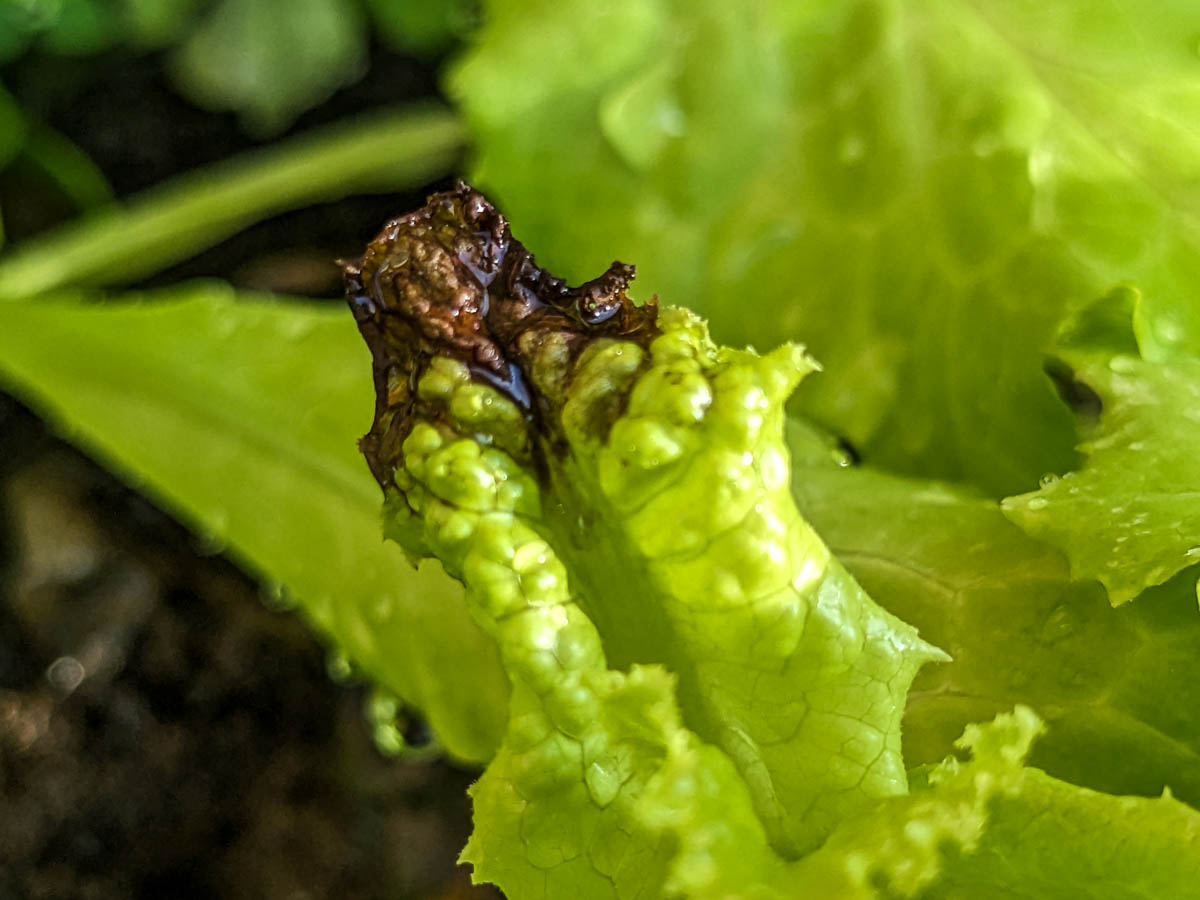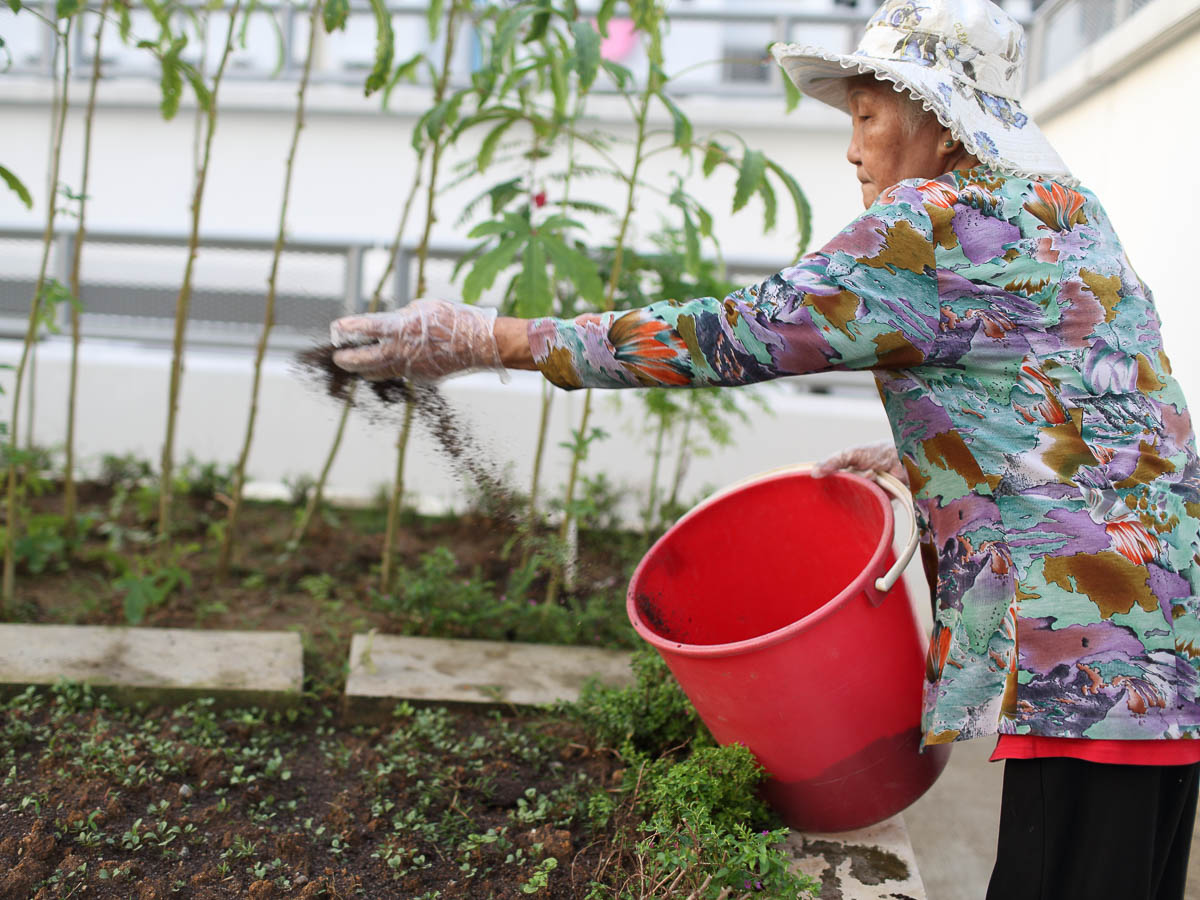Fertilising

Fertilisers are substances packed with nutrients for plants, and can come in the form of pellets, liquid, granules or powders. They are used to improve plant growth and yields and to address nutrient deficiencies. They can be made from synthetic chemicals or derived from organic sources. Fertilisers from organic sources should be processed before use, as raw manure, bones, or blood can carry pathogens or cause disease.
Nutrients
Fertilisers can provide the following nutrients for plants:
-
Nitrogen (N), Phosphorus (P) and Potassium (K) are the major nutrients that are used the most rapidly by plants. Most commercial fertilisers display these nutrients as a ratio on the packaging in that order. The ratios will indicate whether the fertiliser has more of one nutrient than the others.
Balanced fertilisers (for example, 5:5:5) will be used to generally boost plant growth.
High nitrogen fertilisers (for example, 5:3:3) encourages more leaf growth. Organic fertilisers high in nitrogen include those made from manure, with common sources being chickens, cows, or goats.
High phosphorus and potassium fertilisers (for example, 3:5:5) are used to encourage flowering, fruiting and root growth. Organic fertilisers high in phosphorus and potassium include those made from seaweed, blood, and bones.
-
Epsom salts are usually used as beauty products, but they can also be dissolved in water to be used as a fertiliser to remedy magnesium deficiencies in plants. Mix 1 tablespoon of epsom salt in 2 litres of water to apply once a month to your plants. Epsom salt should be used sparingly as a fertiliser, as overly salty soil might kill your plant.
Fertiliser types
Fast-release fertilisers will make nutrients available to plants immediately after they are applied. They usually come in a powdered or liquid form, and plants will have a noticeable growth spurt the week after they are added.
Slow-release fertilisers will release nutrients over a long period of time, and usually come in the form of pellets or granules. These are a better long-term solution to nutrient deficiency problems.
How do I apply fertiliser?
Fertilisers will generally come with instructions for application and will vary based on product.

Many fertilisers can cause burns on plant leaves if they come into contact, and thus should only be applied on the soil or at the base of a plant. Fertilisers should also be watered in after application, as plants will need to absorb the nutrients from the fertilisers through their roots.
The most common ways of applying fertiliser are:
-

Top dressing refers to the scattering of fertilisers on the surface of the ground around plants, and then watered in. This is a fast way to spread fertiliser, but care needs to be taken to avoid touching leaves with fertiliser pellets or powders.
-
.jpg)
Base dressing refers to fertilisers that are directly mixed into soil. The best time to add base dressing to soil is before new plants are transplanted into their permanent growing place.
-
.jpg)
Liquid or soluble fertilisers can be directly applied via watering, in which the fertiliser is mixed with water and applied directly to plant roots. Care needs to be taken to avoid touching leaves with fertiliser liquid.
When do I fertilise my plants?
.jpg)
It is best to fertilise your plants during dry weather, as heavy rains can wash your freshly applied fertiliser away. Plants also will benefit from fertilisers during times of stress, like after transplanting or hard pruning.
How often and how much should I fertilise my plants?
A wide variety of factors will affect how much fertilising a plant needs. Fast-growing annual plants like most leafy vegetables will need more fertiliser than slow-growing cacti. Plants in small containers will need more regular fertilising than plants grown in true ground.
Experiment with your fertilising schedule. Regular fertilisng can look like once every two weeks or a month, while occasional fertilising can look like once every six months, or even once a year. Knowing your plant and varying its growing conditions are the best way to learn how to fertilise at a rate that works for your own garden.
Fertilisers should always be used in in moderation, as overuse of fertiliser can cause algal blooms in waterways and encourage the growth of weeds! Excessive use of fertilisers can also make the soil salty, and cause plants to die. Document your fertilising frequency to find the minimum amount you need to keep your plants healthy.

